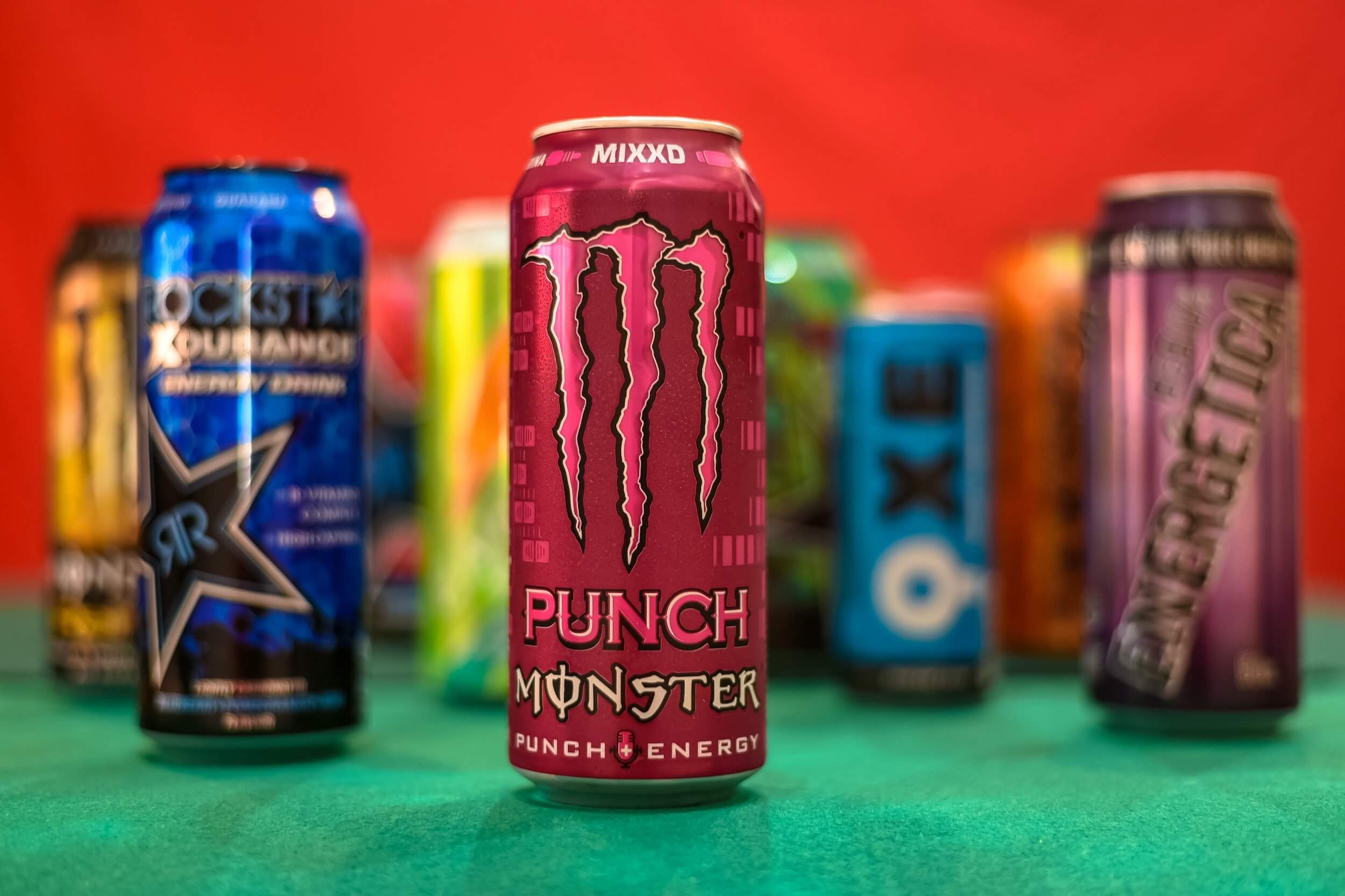In more primitive times, man had only a few options for drinks that enhanced energy. For millennia tea, or a combination of tea with honey, was about the best that a person could hope for.
Flash forward to the present. Red Bull and Monster are well established brands that have grown from relative nothingness to become essentials in convenience and grocery stores. And the energy drink sector has continued to grow and broaden at a frenzied pace.
The industry continues to experiment with different approaches and some have rebranded the category as “functional beverages.”
Functional beverages are drinks designed to bring some specific effect or enhancement to the consumer. We could think of Gatorade as a functional beverage because it’s supposed to replace electrolytes. Beverages with protein, herbs, CBD, all aspire to serve some need that water by itself simply can’t address.
For manufacturers, it’s become a bit like the wild west. The sector keeps growing at a fast clip and new innovative products seem to get taken up by consumers at an ever increasing rate.
The Alphas Keep Dominating
The biggest brands command the largest market share. Red Bull has experienced very consistent growth over the years. Most recently, according to Red Bull:
A total of 9.804 billion cans of Red Bull were sold worldwide in 2021, representing an increase of 24.3% against an already very successful 2020.
Energy drinks specifically appeal most to a male audience between 18 and 34. This category is most popular in North America and Europe. The Asian market is expected to grow quickly in the coming years. *
Monster Energy continues to grow as well and is diversifying with seltzers and nitro infused cold brew.
Pepsi has positioned itself as one of the most aggressive corporate brands. Pepsi acquired Rockstar in 2020 with somewhat mixed results so far, however it unveiled a line of new products at the NACS show last year. According to Bevnet:
…none more splashy than the Starbucks-branded natural energy line Baya, which launched nationwide on March 1. With Baya, Pepsi is traveling down a well-worn path in the energy space; natural-focused brands like CLEAN Cause, Runa, Hiball, and Guru have seen gains from consumers switching from conventional energy beverages…
The Betas Keep Coming
Small but quick-growing competitors are picking up market share despite the big-name competition. Many of these come out of the fitness drink sector and offer drinks that may be a combination enhanced energy drink, and nutritional supplement.
SmartEnergy goes a step further by claiming to enhance cognitive function. Recently the company partnered with the University of Iowa, in a clinical study that appeared to bolster their claims of enhanced cognition.
According to the study, participants in the study, many of whom were already energy drink consumers, experienced 47% improvement in complex gaming performance, 33% improvement in energy levels and 10% improvement in mental multitasking.*
A Shoc has grown significantly over the last two years partly by enlisting star athlete endorsements and celebrity investors. In a bold move to brand itself as the drink for sports and fitness, they have pursued the NSF Certified for Sport certification. That would mean that MLB and NHL teams could provide the drink to players with certification establishing it was safety for their use.
Darwinism?
The category of functional beverages has exploded and this might be only the beginning. Energy and energy-fitness drinks continue to capture new ground. The traditional energy drink is evolving into a whole new lifestyle product. Consumers who consider themselves gamers, athletes, and even students can find a functional beverage that will address their particular lifestyle needs. Who knows which brands will eventually end up on top. What’s clear at the moment is that there is tremendous growth and an ever-increasing number of competitors. Right now,… there seems to be a lot of room at the top…


Recent Comments